#shaggy scalycap
Explore tagged Tumblr posts
Text


Shaggy Scalycap, Pholiota squarrosa above and below
#nature#fungi photography#mushrooms#mycology#fungus#wild fungi#forest#fungi#photography#shaggy scalycap#Pholiota squarrosa
181 notes
·
View notes
Text




12th November 2024: Beautiful autumn leaves, Red Admiral which was exciting to see and shaggy scalycap mushroom and leaves at Lakeside Country Park
Blue Tit shining beautifully in the sun, Wren, Black-headed Gulls, Great Crested Grebe, Moorhens and Tufted Ducks seen well, wild carrot looking great in the sun, purple loosestrife seed heads, old man's beard, apple, wasp, hoverfly and turkey tail were other highlights at Lakeside at lunch time. Starlings were nice to see at home today.
#photography#red admiral#shaggy scalycap#butterflies#birds#2024#outdoors#walking#home#birdwatching#england#uk#world#nature#autumn#sunny#november#fungi#lakeside country park#lakeside#hampshire
13 notes
·
View notes
Text




Shaggy Scalycap (Boston, MA)
>> Pholiota squarrosa
Secondary parasitic fungi growing out of fallen birch tree
Toxic if eaten after consuming alcohol
Observed on: October 21, 2023
#fungi#wild fungi#mushroom hunting#mushrooms#boston#nature#mycology#shaggy scalycap#nature photography#naturecore#original photographers#fungi photography#autumn#parasitic fungi#cottagecore#forest#new england
13 notes
·
View notes
Text

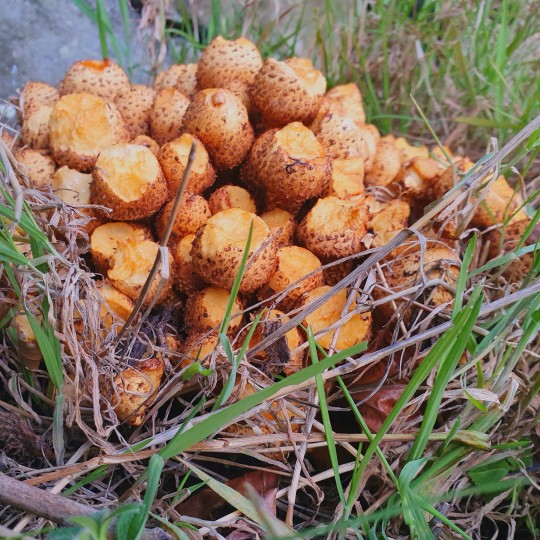


Shaggy Scalycap
- (𝘗𝘩𝘰𝘭𝘪𝘰𝘵𝘢 𝘴𝘲𝘶𝘢𝘳𝘳𝘰𝘴𝘢)
10 notes
·
View notes
Text

another photo of the shaggy scalycaps :)
#mushrooms#mushroom identification#mushroom posting#shaggy scalycap#if i post happy photos i will feel happy
2 notes
·
View notes
Text
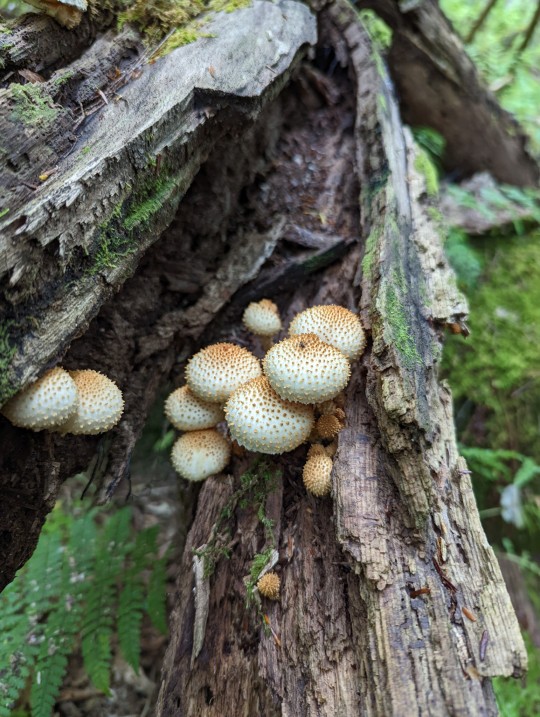
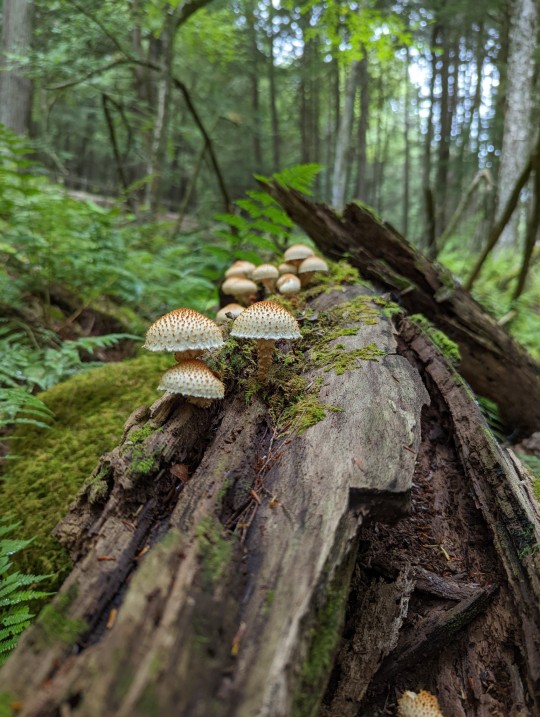

handsome collection of shaggy scalycap
0 notes
Text
🍄 Exploring the fascinating world of fungi! Meet Pholiota squarrosa, commonly known as the shaggy scalycap. 🌲 This unique mushroom boasts a cap covered in shaggy scales, giving it a distinctive appearance in the forest. 🍂 But its beauty goes beyond looks – P. squarrosa plays a crucial role in nature by aiding in the decay of trees. 🌳 As it breaks down organic matter, it contributes to the nutrient cycle, highlighting the intricate balance of ecosystems. Nature's recyclers at work! 🌍
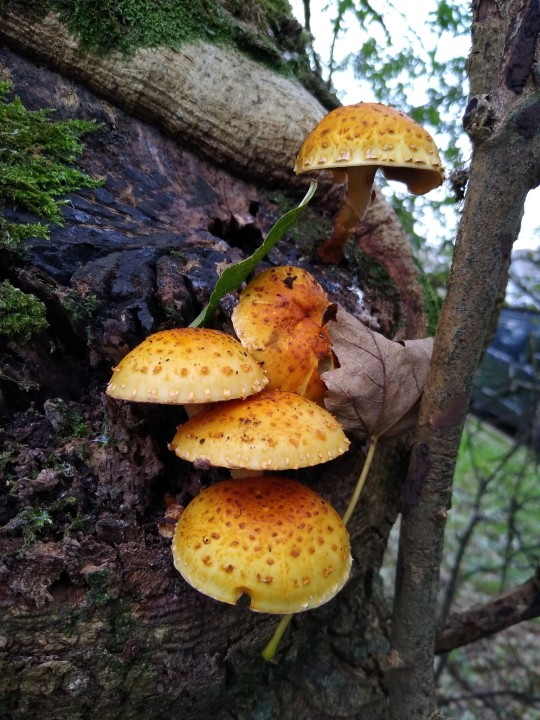
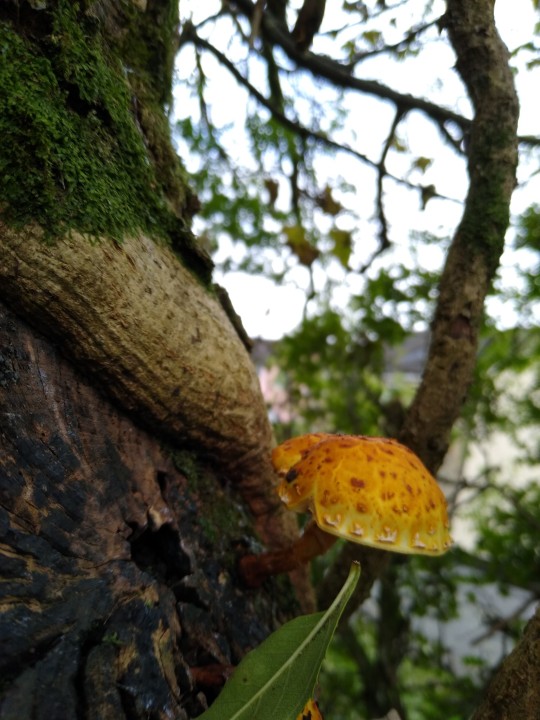
37 notes
·
View notes
Text

Photo of a Shaggy Scalycap mushrooms
One of the images which will be in my "Colours of Autumn" book
0 notes
Text

Shaggy scaley cap fungi sketch | Limited edition fine art print from an original drawing. Pholiota squarrosa, commonly known as the shaggy scalycap, the shaggy Pholiota, or the scaly Pholiota, is a species of mushroom in the family Strophariaceae. My sketches start life as hand-drawn graphite images made on cartridge paper. I often work on these with charcoal, oil pastel or Caran d'Ache to create the look I'm after. The artwork is then scanned and finessed digitally ready for fine art printing. This process often referred to as Giclée printing uses the highest standard of printing methods to give gallery quality results that maintain all the details of the original sketch. The graphite pencils I use are Faber-Castel, the oil pastels are Sennelier and the china-graph is Caran d’Ache. The inks are pigment based archive quality (100years+). The heavyweight specialist papers I use are of the best professional quality having a wonderful surface designed specifically for fine art drawings and illustrations. Very limited editions with only ten per size printed. All artwork is signed and includes a certificate of authenticity. The A5 are 5.8" x 8.25" (14.8cm x 21cm) The A4 are 8.25" x 11.7" (21cm x 29.8cm) The A3 are 11.7" x 16.5" (29.8 cm x 42cm) The A2 are 16.5" x 23.4" (42 cm x 59.4cm) Frames not included in price. Free shipping on artwork to UK destinations.
1 note
·
View note
Photo


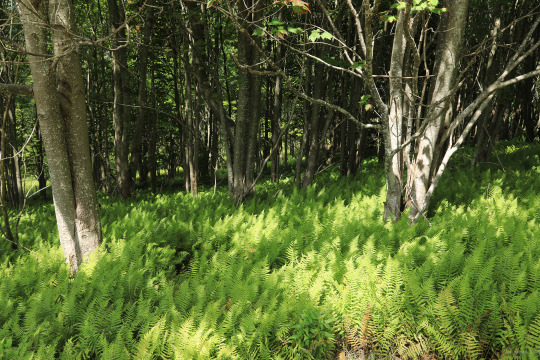
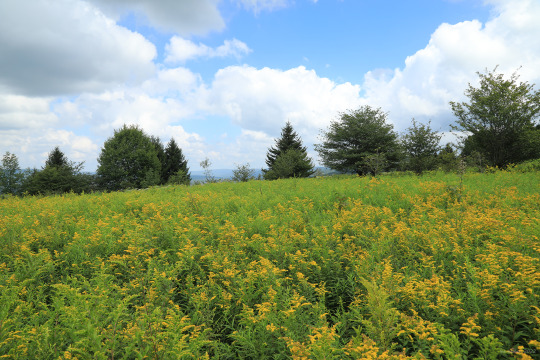
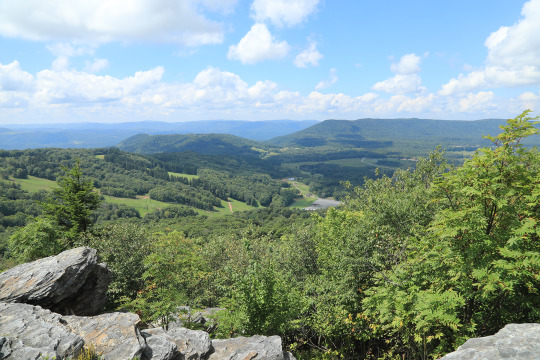
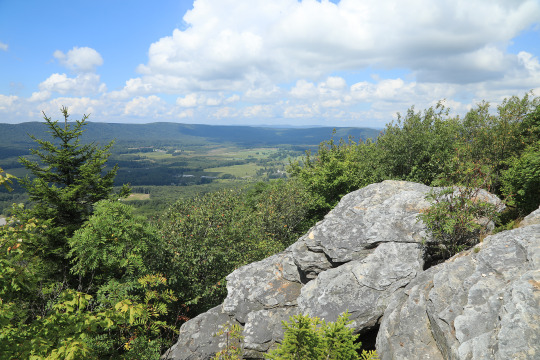
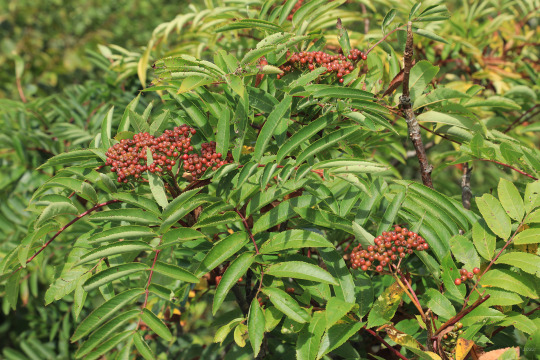
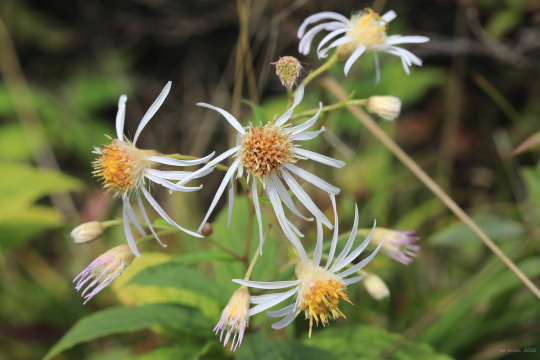
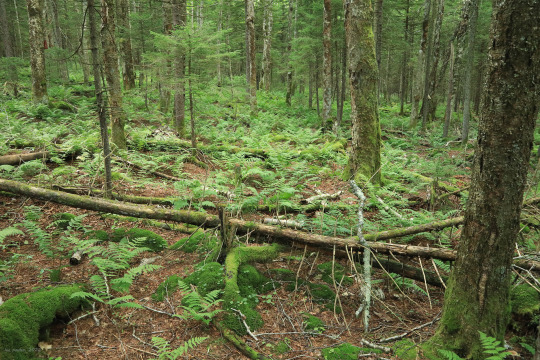

At an elevation of 4,308 ft (1,313 m) above sea level, Bald Knob is a commanding high point from which to view Canaan Valley and the undulating ridges of the Allegheny Mountains to the west. A hike to the summit, via Canaan Valley Resort State Park, can be either challenging or easy, depending on the mode of ascent. For those wanting to test their endurance and stamina, a trailhead adjacent to the ski area will gladly accommodate, with a 900 ft (274 m) vertical rise in about a mile of constant climbing. On the other hand, a visitor can opt for a $5 lift ticket at the ski area and hike essentially downhill from there. Either way, the reward is a breathtaking panorama of some of Central Appalachia's wildest country.
From top: the edible “haws” of one of the many hawthorn trees (Crataegus) that grow in these mountains, providing a valuable food source to wildlife; the bright, clustered berries of the American mountain ash (Sorbus americana), like hawthorn, a member of the Rosaceae family; whorled wood aster (Oclemena acuminata), a lovely mountain aster whose bunched, tightly-alternating leaves give the appearance of being whorled; and a Pholiota mushroom, most likely shaggy scalycap (squarrosa), growing in the hitch of a red spruce tree (Picea rubens).
#appalachia#vandalia#west virginia#allegheny mountains#canaan valley resort state park#bald knob#bald knob trail#canaan valley#crataegus#hawthorn#sorbus americana#american mountain ash#american mountain-ash#rowan#oclemena acuminata#whorled wood aster#pholiota squarrosa#shaggy scalycap#picea rubens#red spruce#i'll take the lift chair next time
44 notes
·
View notes
Photo
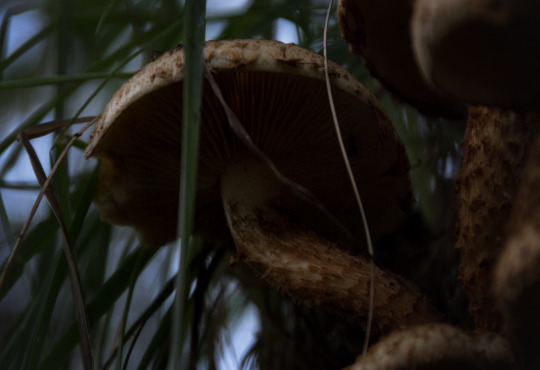
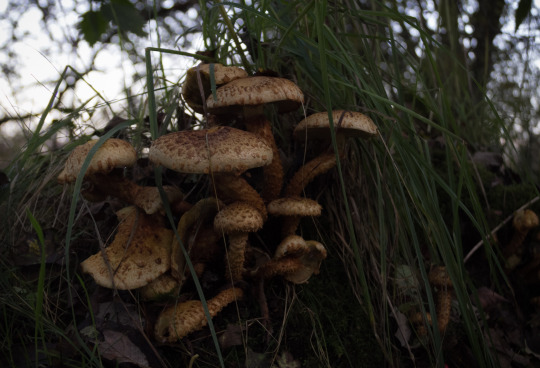
shaggy scalycap/scaly pholiota
October 2021
#photography#photographers on tumblr#nature#lensblr#original photography#mushrooms#shaggy scalycap#scaly pholiota#pholiota#fallen tree#woods#forest#autumn#dark nature#aesthetic
276 notes
·
View notes
Text
September 2021
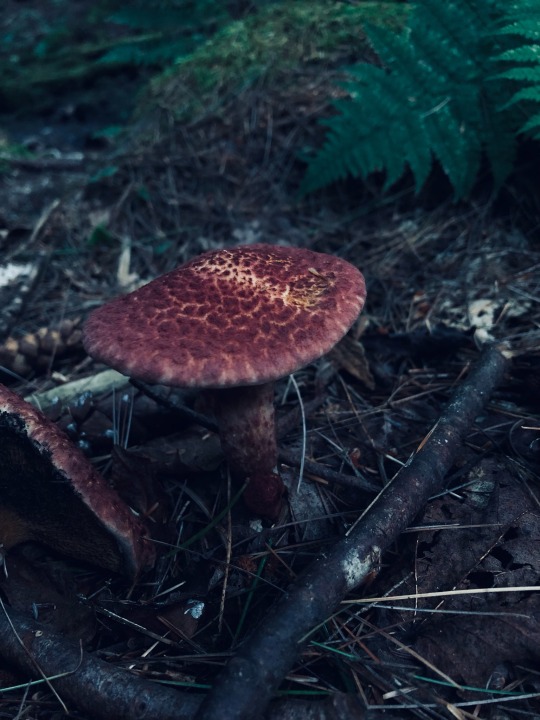


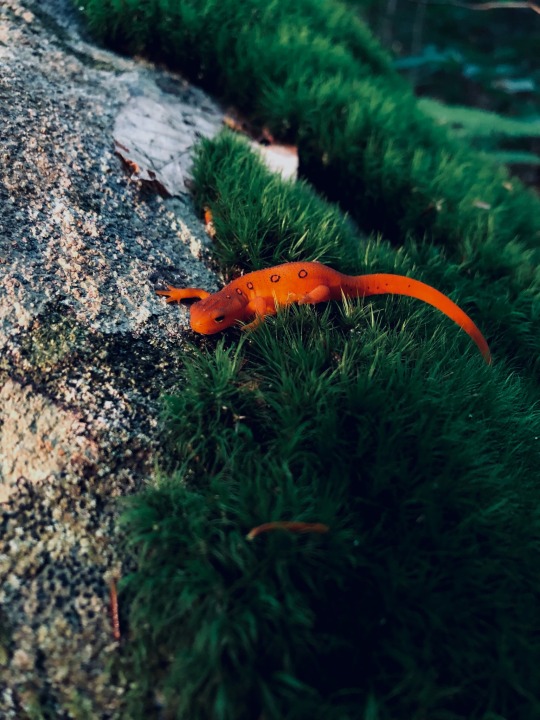
Painted Suillus - Suillus pictus
Shaggy Scalycap - Pholiota squarrosa
Yellow Patches - Amanita flavoconia
I have no idea what the hell kind of mushroom that thing on the bottom-right is. Possibly a jelly fungus or some sort of coral.
#mushrooms#mycology#fungi#eye on the forest floor#forestcore#Pholiota squarrosa#shaggy Scalycap#Suillus pictus#painted Suillus#yellow patches#Amanita flavoconia
24 notes
·
View notes
Text
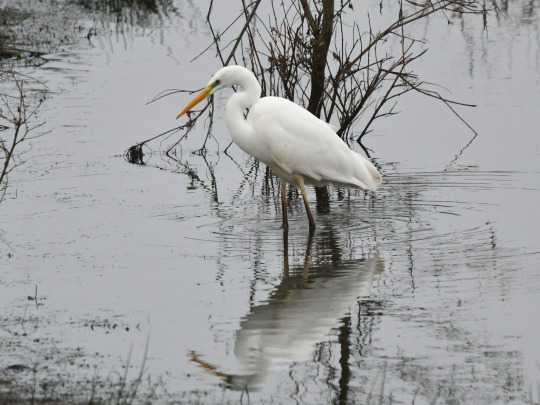



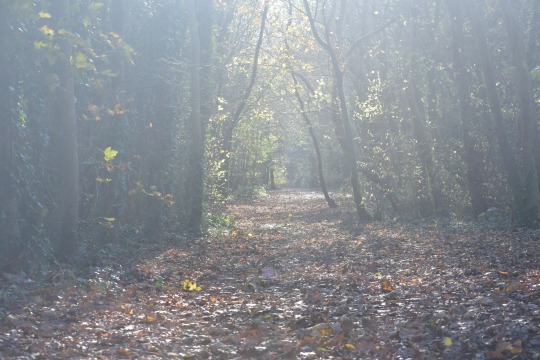


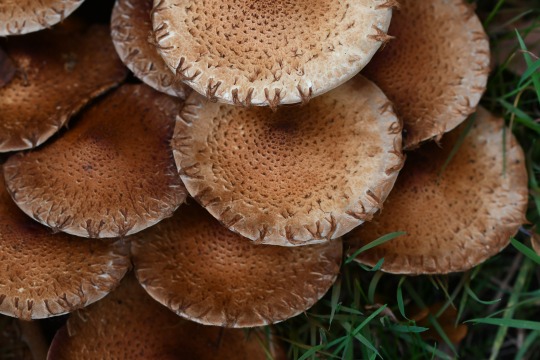
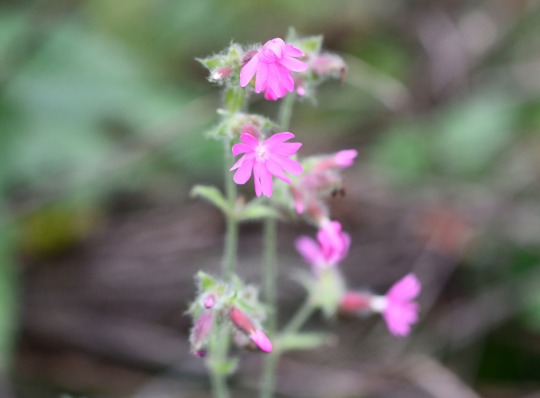

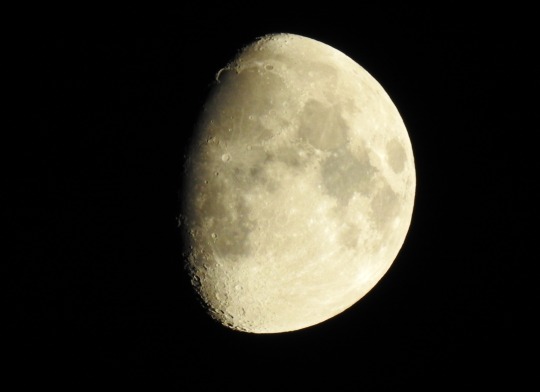
Eleven of my favourite photos I took in November 2024 and month summary
The photos are of; Great White Egret at Testwood Lakes, Snow Bunting at Sandy Point on Hayling Island, Cormorant at Lakeside Country Park, white deadnettle and view at Lakeside, Fallow Deer at Bolderwood in the New Forest, Red Admiral and shaggy scalycaps at Lakeside, red campion at Testwood Lakes, a characteristic sun going down whilst out view at this time of year at Pig Bush in the New Forest and the moon out the front.
November was another fantastic month of birds for me with a major highlight coming soon into it getting sensational views of the sumptuous Snow Bunting at Sandy Point and another fine species seen late on with only my third ever Red-necked Grebe seen at Weston Shore today. Other key birds seen this month included the seasonal delight of Redwings, Raven, Green Woodpecker, Ring-necked Parakeet, Greenfinch and Siskin. Glorious Great White Egret views, Grey Heron, Little Egret, Lapwing, Oystercatcher, Curlew, Wigeon, Teal, Shoveler, Pochard, Red-crested Pochard, Goosander and Egyptian, Greylag and Brent Geese brought a sprinkling of blissful wading birds and waterfowl to observe, evocative of autumn and winter for me. This month I also enjoyed seeing Buzzard, Red Kite, Jays, Kingfisher including at Winnall Moors and Lakeside in another strong month I had for them, Cormorant, Great Northern Diver, Slavonian Grebe, Mistle Thrush, Blackbirds, Robin, Great Tit, Blue Tit, Long-tailed Tit, Wren, Pied Wagtail and Tufted Ducks and Mute Swans which were especially nice to see on patch at Lakeside and a young one in Winchester respectively. Common Gull was another key bird seen this month with one returning to Lakeside which is always thrilling to see, with Herring Gulls enjoyed there too. I also took pleasure in some great Winchester Peregrine and Grey Wagtail and Lakeside Great Crested Grebe, Coot and Moorhen views this month. A dashing male Sparrowhawk at home was another special bird to see.
I got fine and immersive views of Fallow and Roe Deer this month, seeing a fair few New Forest Ponies, Grey Seal, Grey Squirrels and Brown Rats too. There was still some butterfly interest this month with some great views of a Red Admiral at Lakeside. Bee, wasp and hoverfly including marmalade hoverfly were also nice to see with Grey Silverfish and spiders seen well at home. It was a good month for plants still with a fair bit seen flowering including knapweed, marsh thistle, red campion, herb-Robert, hedgerow crane’s-bill, periwinkle, hedge woundwort, red clover, some early winter heliotrope and violet at and near Lakeside, hogweed, wild carrot, ragwort, petty spurge, dock, white deadnettle, stinging nettle, red deadnettle, groundsel, ivy-leaved toadflax, viper’s-bugloss, scentless mayweed, sea mayweed, oxeye daisy, daisy, dandelion, oxtongue, sow thistle, buttercups, ivy, rock samphire, red valerian, evening primrose, gorse, common heather, bell heather and cross-leaved heath. I enjoyed observing seed heads a lot this month with teasel, fleabane, spear and creeping thistle, wild carrot, hogweed, old man’s beard, purple loosestrife and hemp agrimony standing out and leaves including common toadflax, thistle and ferns. Apple, privet berries, rose hips and holly berries led the way for fruit seen.
Fungi once again played a key role in my month as I was captivated by enigmatic shaggy scalycaps and intricate patterns of turkey tail at Lakeside with the latter seen elsewhere too. Crowded parchment, waxcaps, dung-loving deconica, possible winter russula, pleated inkcap, earthball and parasol in a good autumn I’ve had for them and a notable new one for me seen a couple of times in the New Forest handsome club were other highlights. I also liked seeing moss and lichen including oakmoss. I took in a lot of charming landscape and sky scenes this month again with the splendour of autumnal colour continuing to grip the landscape giving way to morning frost scenes as winter crept in towards the end. Sunsets, sunrises and some great full moon scenes were wonderful to take in this month too alongside lake, wetland, coastal and New Forest woodland and heath vistas. Wishing you all a great December.
#november#snow bunting#cormorant#great white egret#kingfisher#red admiral#shaggy scalycap#new forest#hayling island#hampshire#lakeside country park#eastleigh#winnall moors#testwood lakes#winchester#white deadnettle#red campion#europe#england#uk#earth#nature#reflections#photography#walking#birdwatching#moon#sunset#home
8 notes
·
View notes
Photo
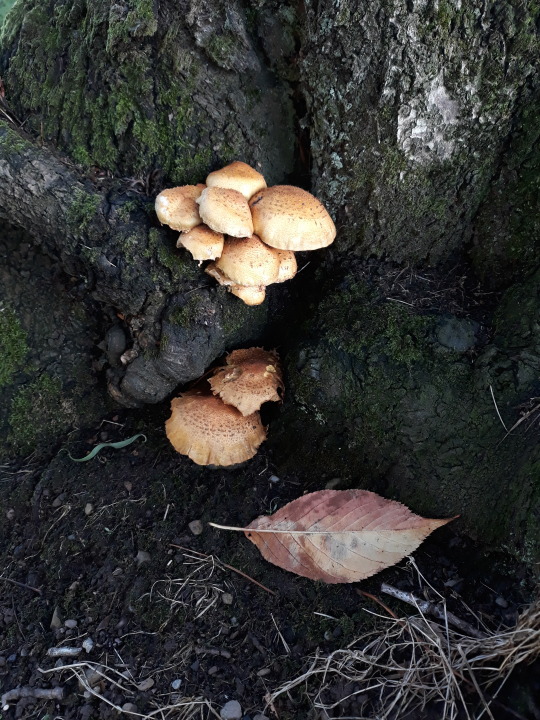
shaggy scalycap/scaly pholiota
4 notes
·
View notes
Photo

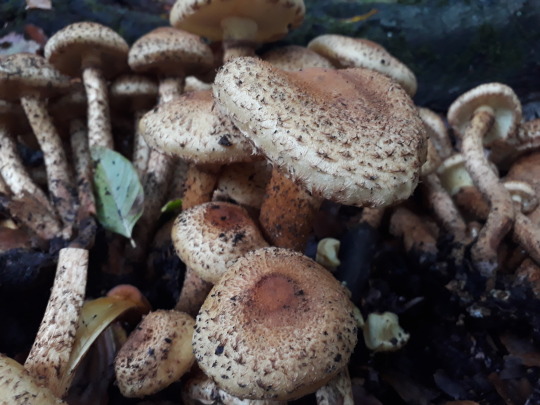


Epping forest, London, UK, October 2020
Shaggy scalycap (Pholiota squarrosa)
These fungi are not edible, and some guides report them to be toxic, concerning given their resemblance to some species of honey fungi, Armillaria sp., which are often gathered for the pot - I spent some time myself deciding whether these were scalycaps or dark honey fungi (Armillaria ostoyae), which are considered edible when properly cooked.
The beautiful fat mutant in the last two photos appears to be the result of the stipes of two bodies in this densely growing bunch fusing together,
#mycology#mushrooms#fungi#wild fungi#poisonous fungi#shaggy scalycap#scalycap#scalycaps#pholiota#pholiota squarrosa#mutant fungi
50 notes
·
View notes
Text

i found some shaggy scalycaps !
#mushroom identification#mushroom posting#mushrooms#fungi#posting pictures of happy things to cheer myself up#yippee
15 notes
·
View notes